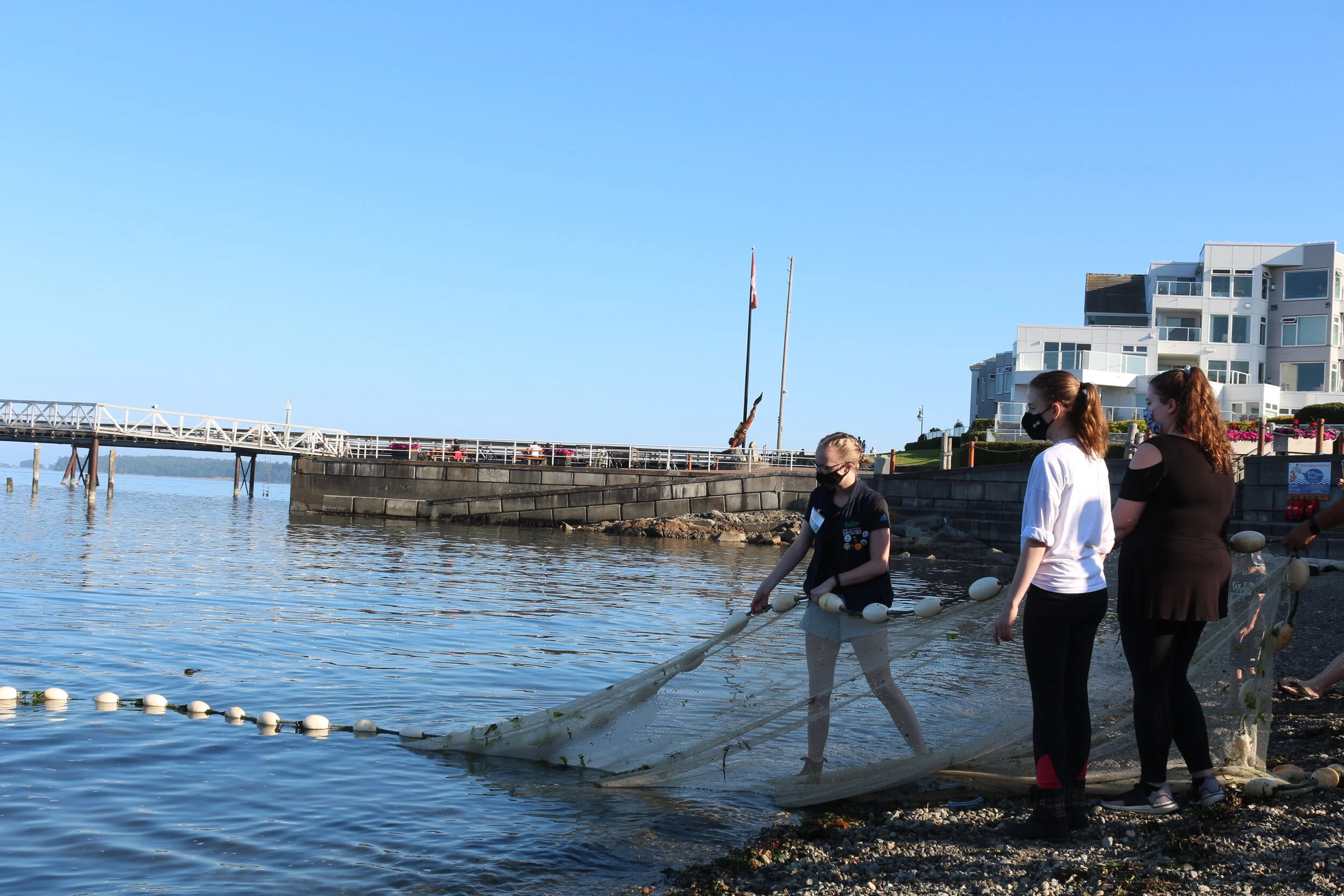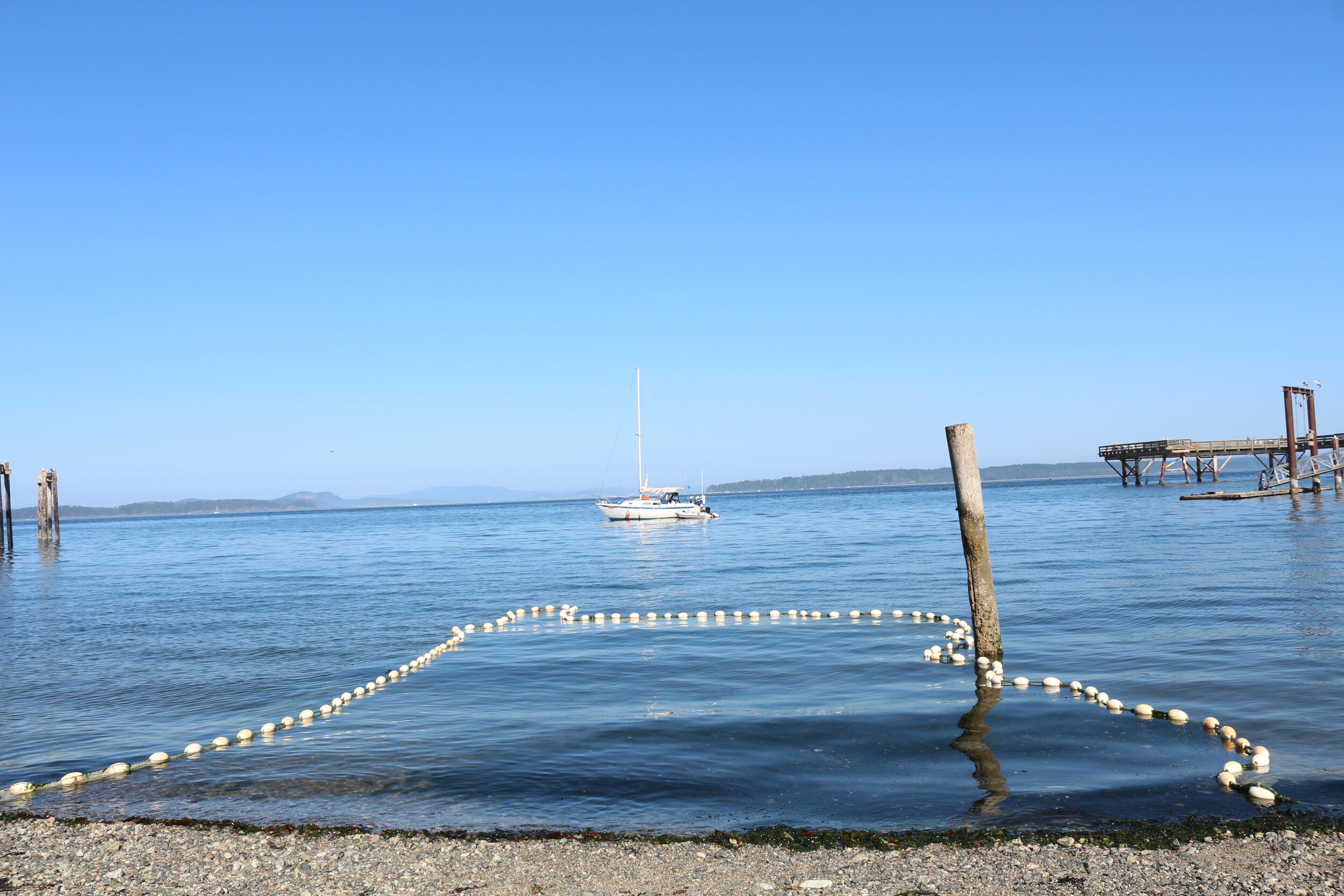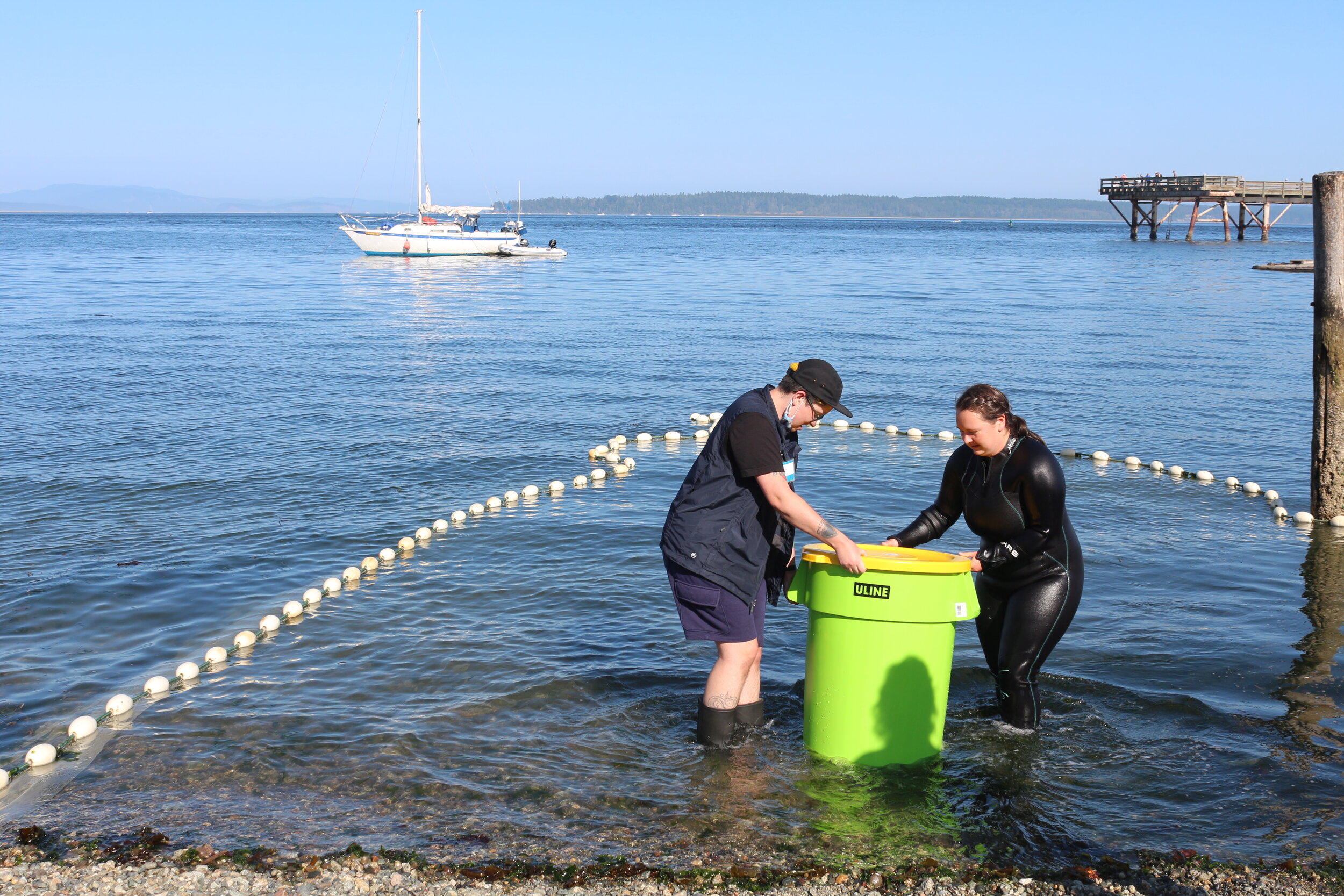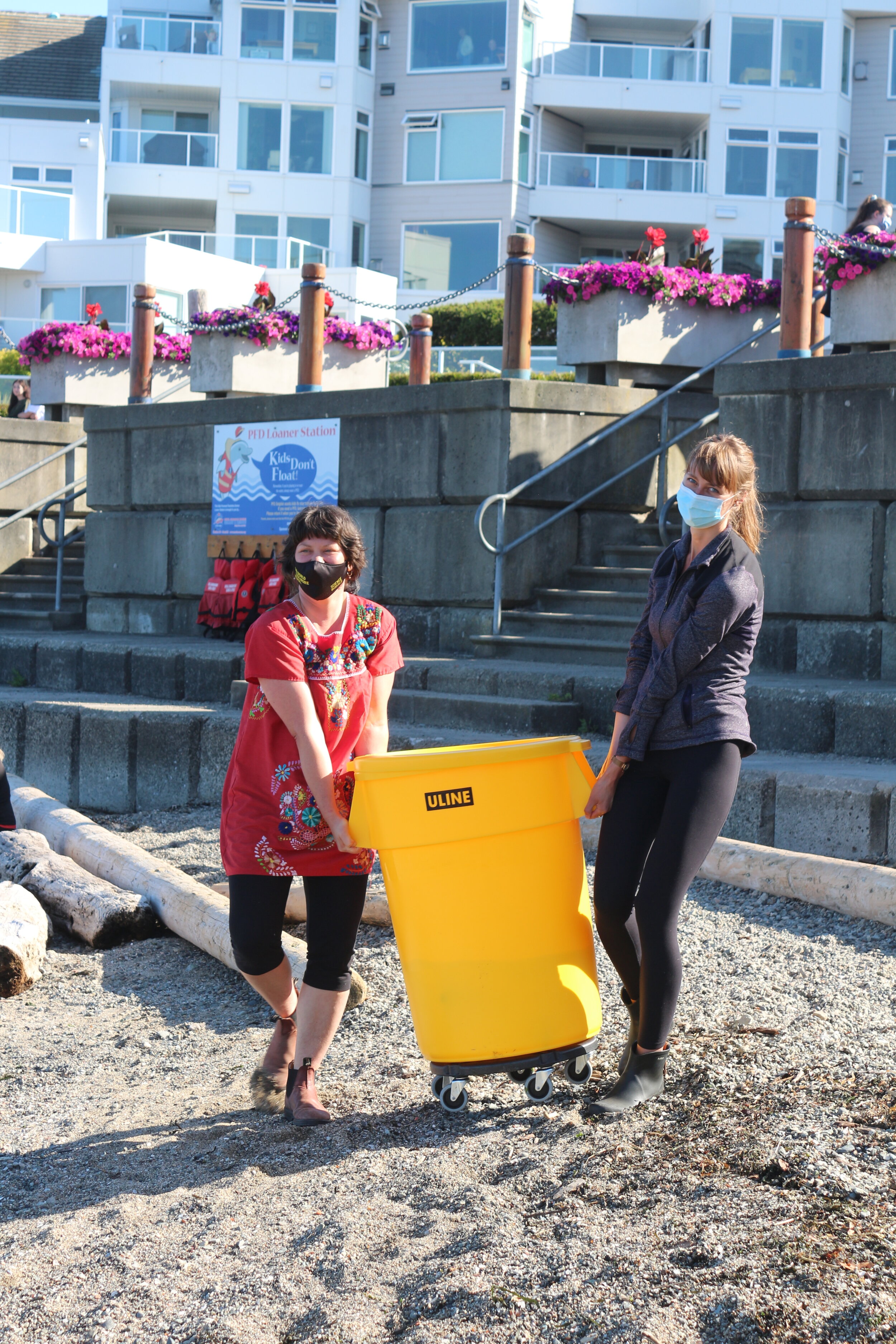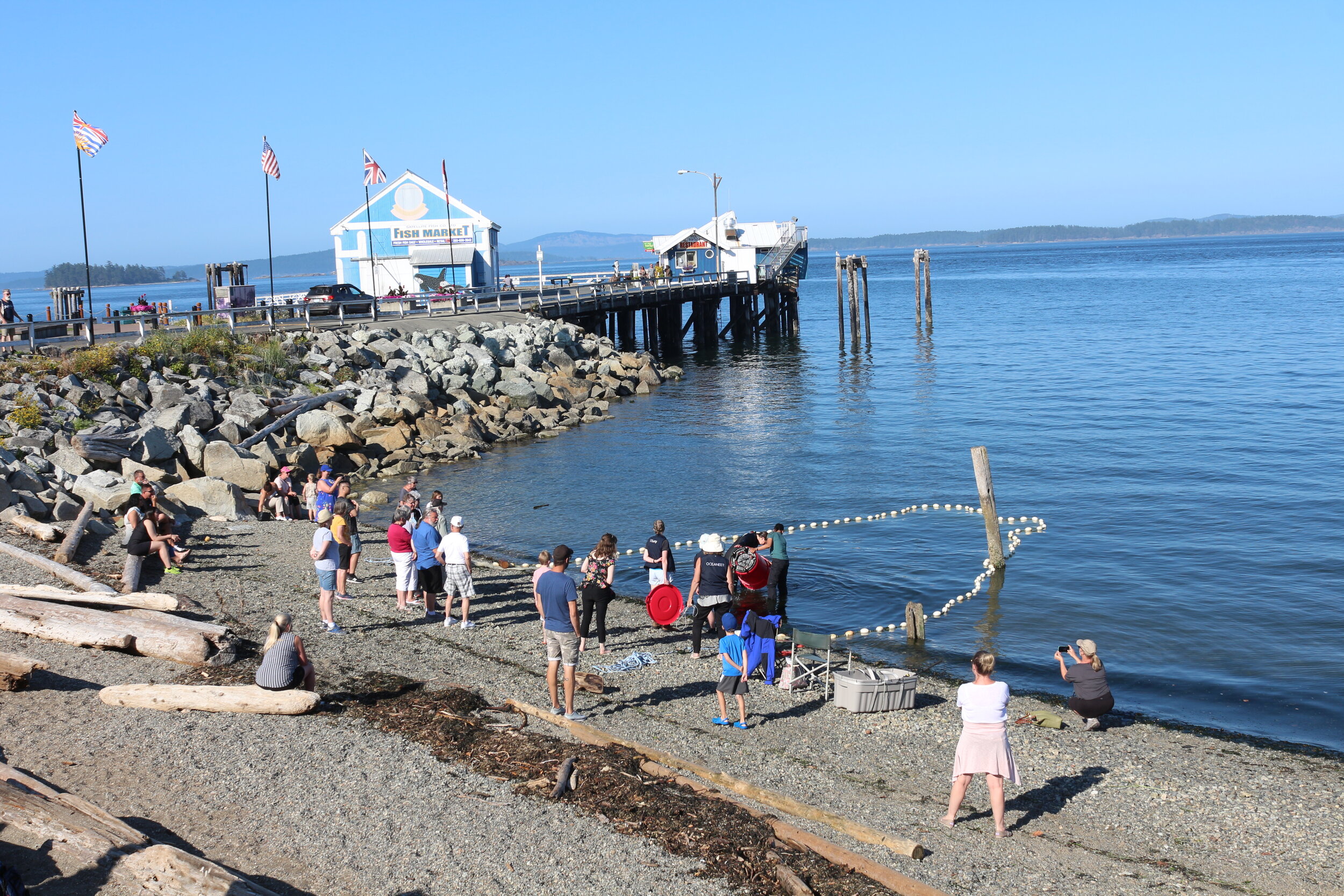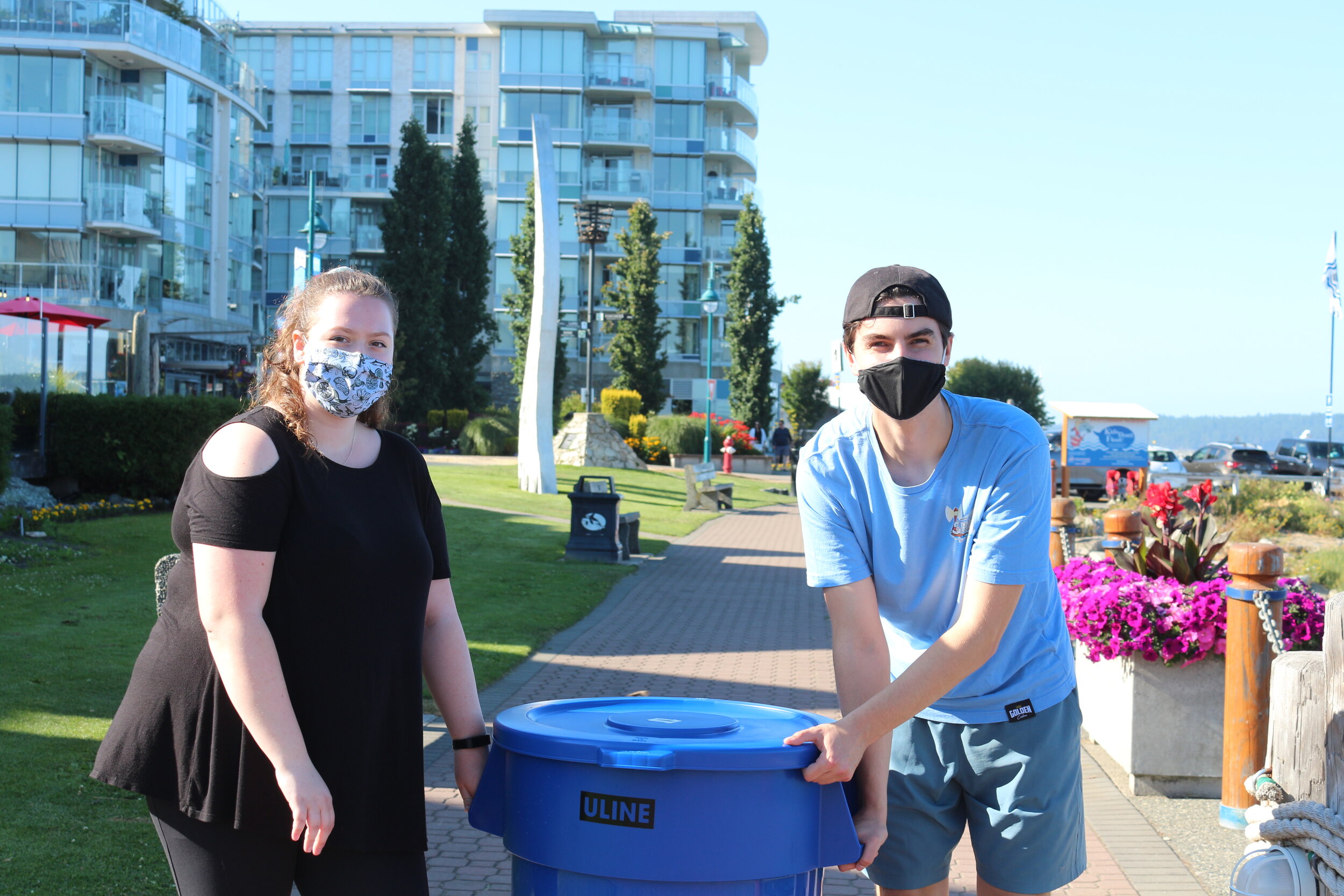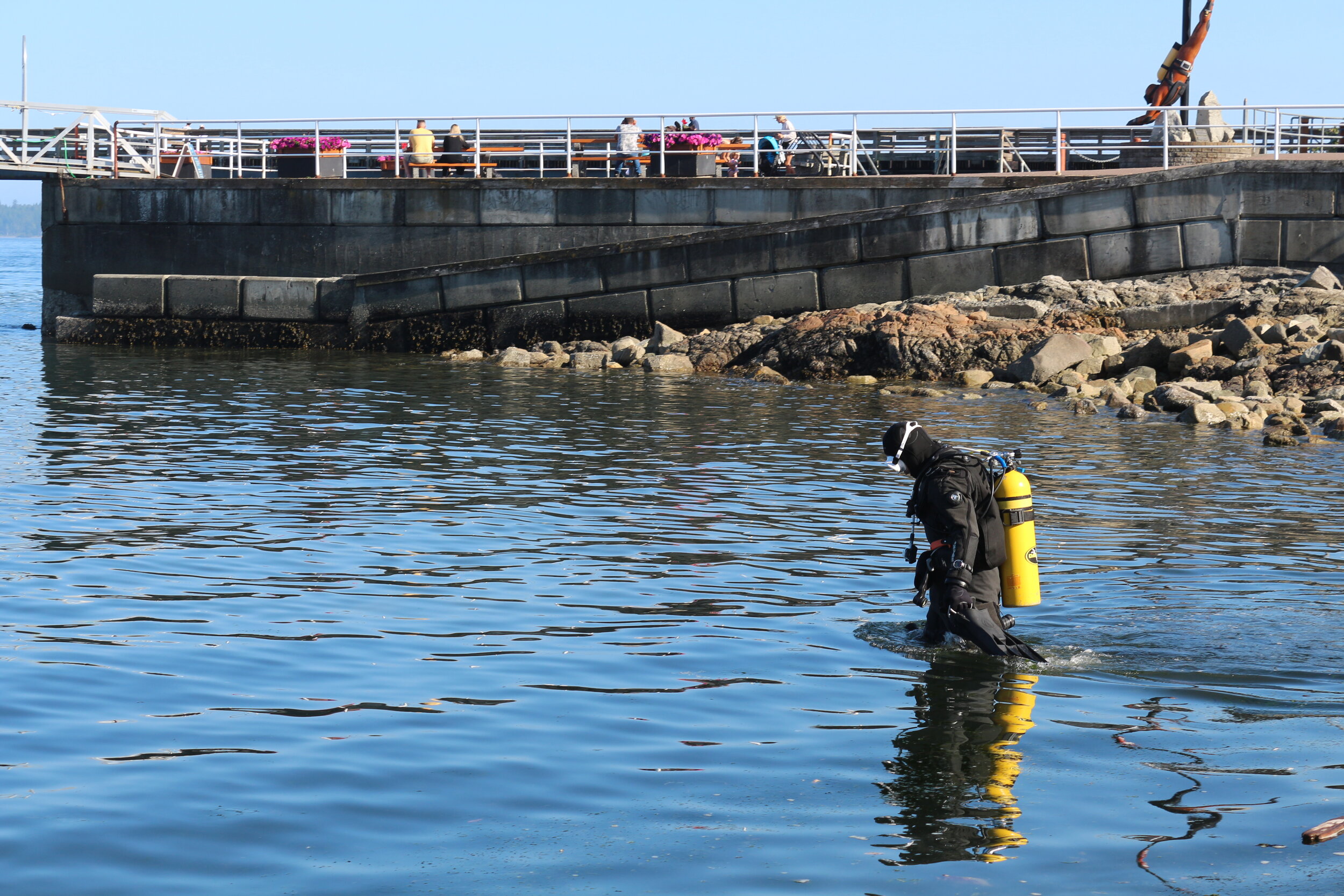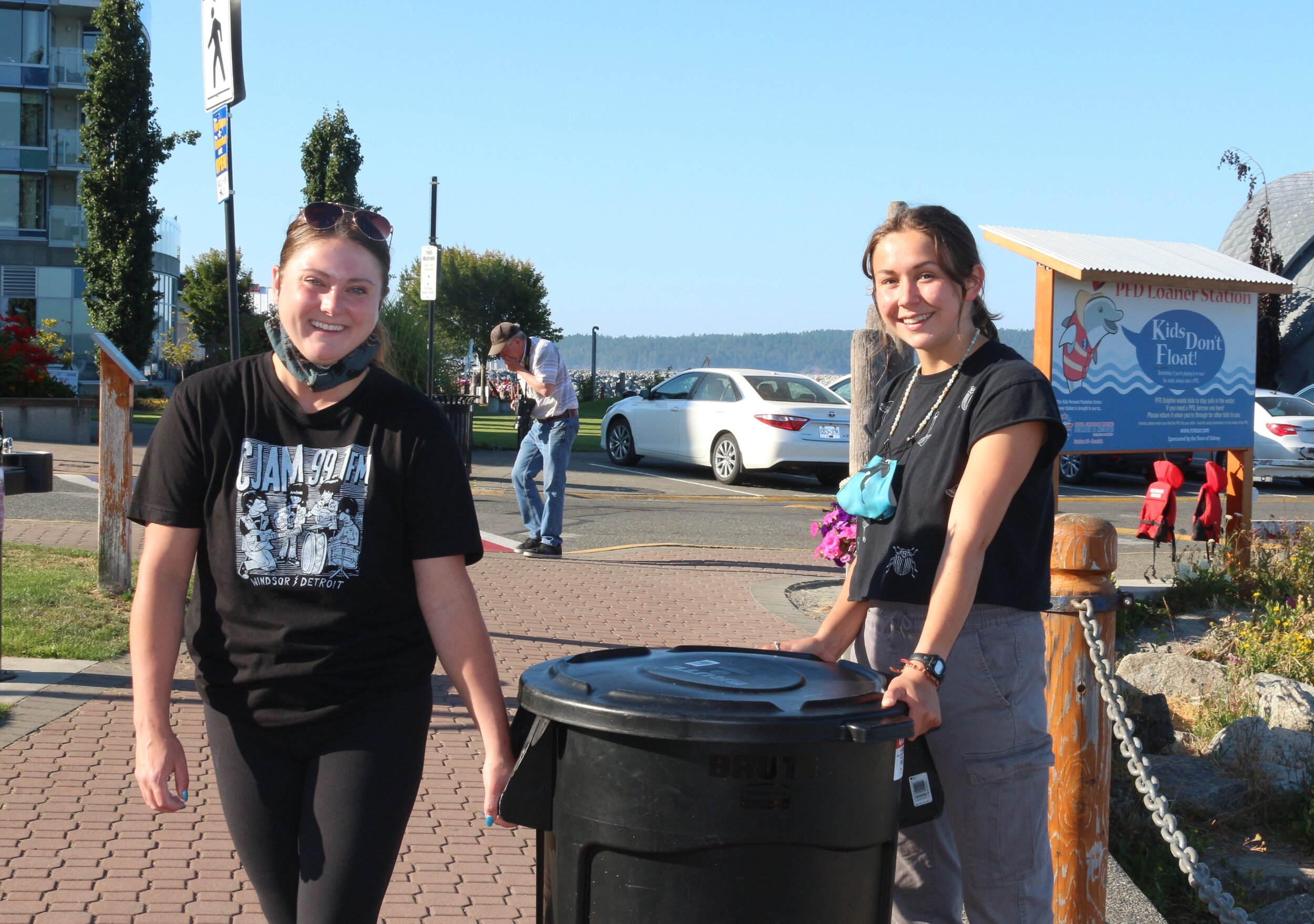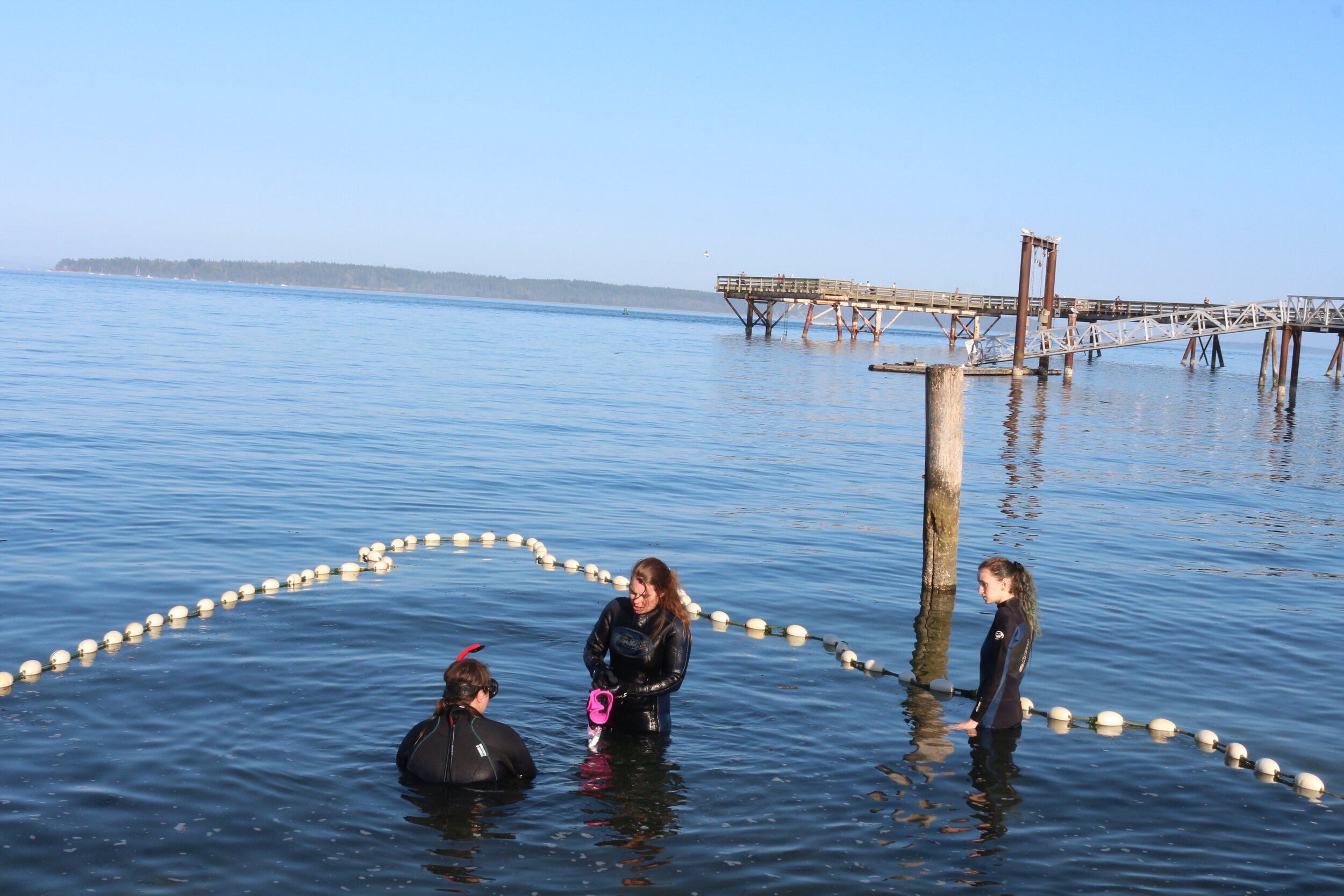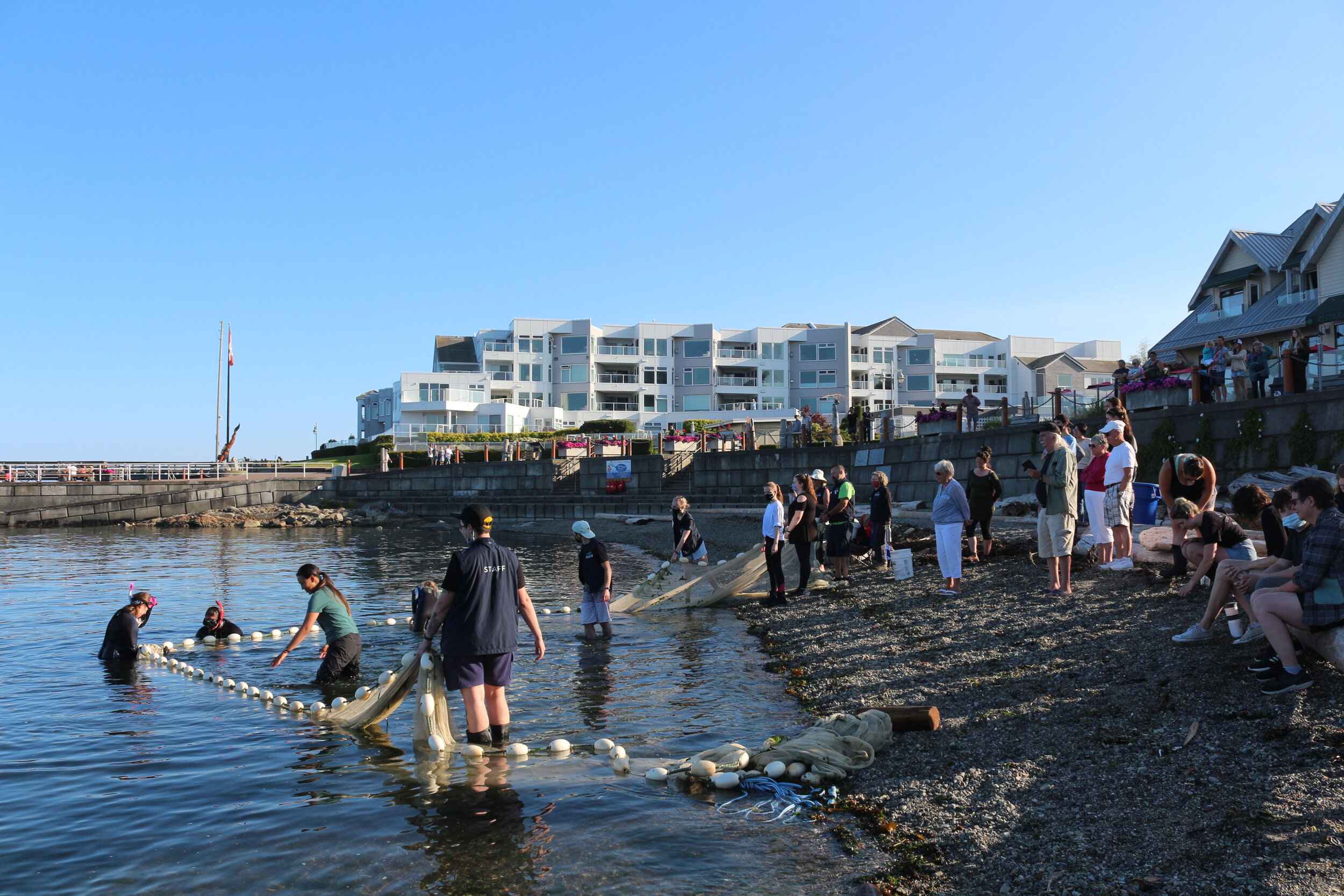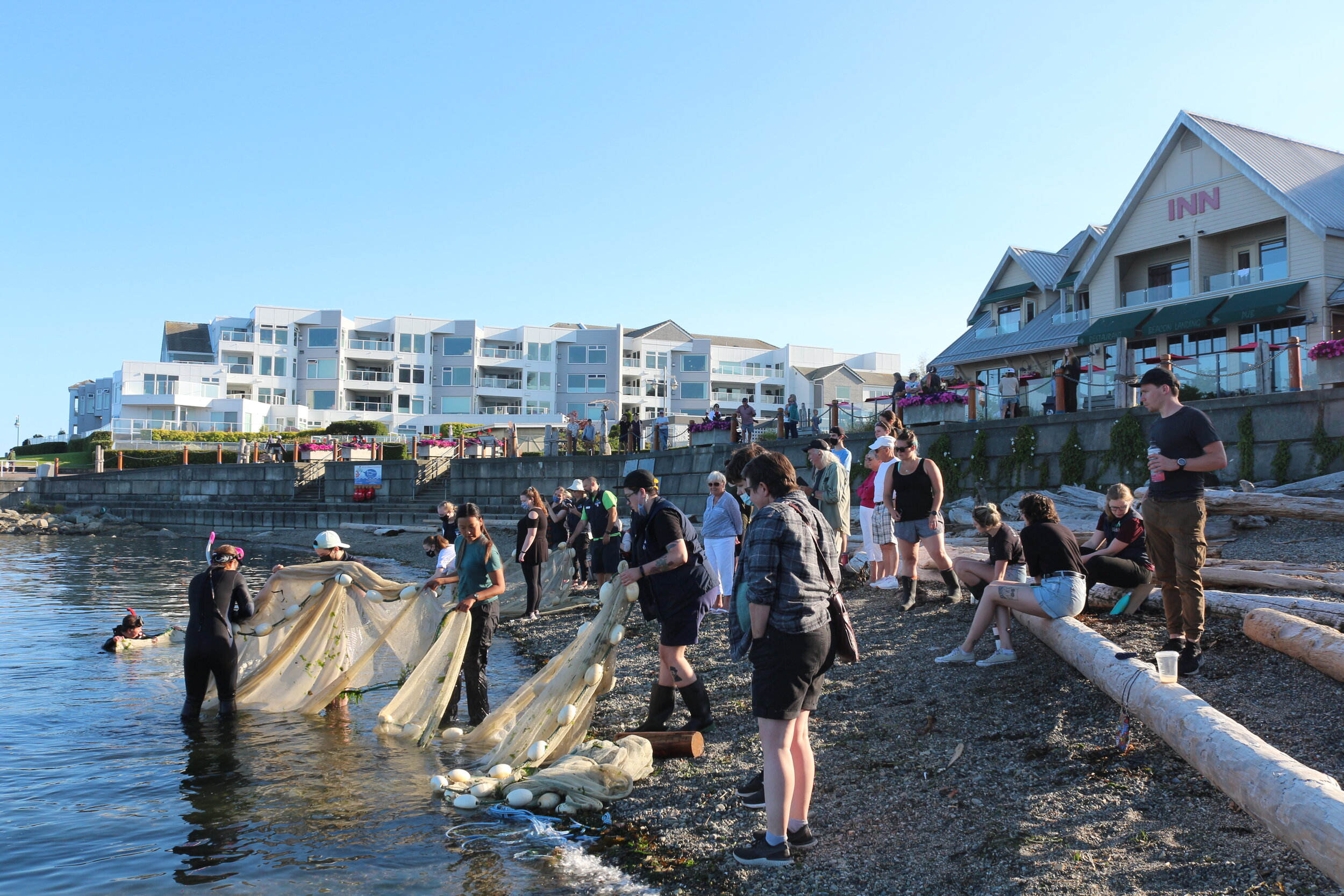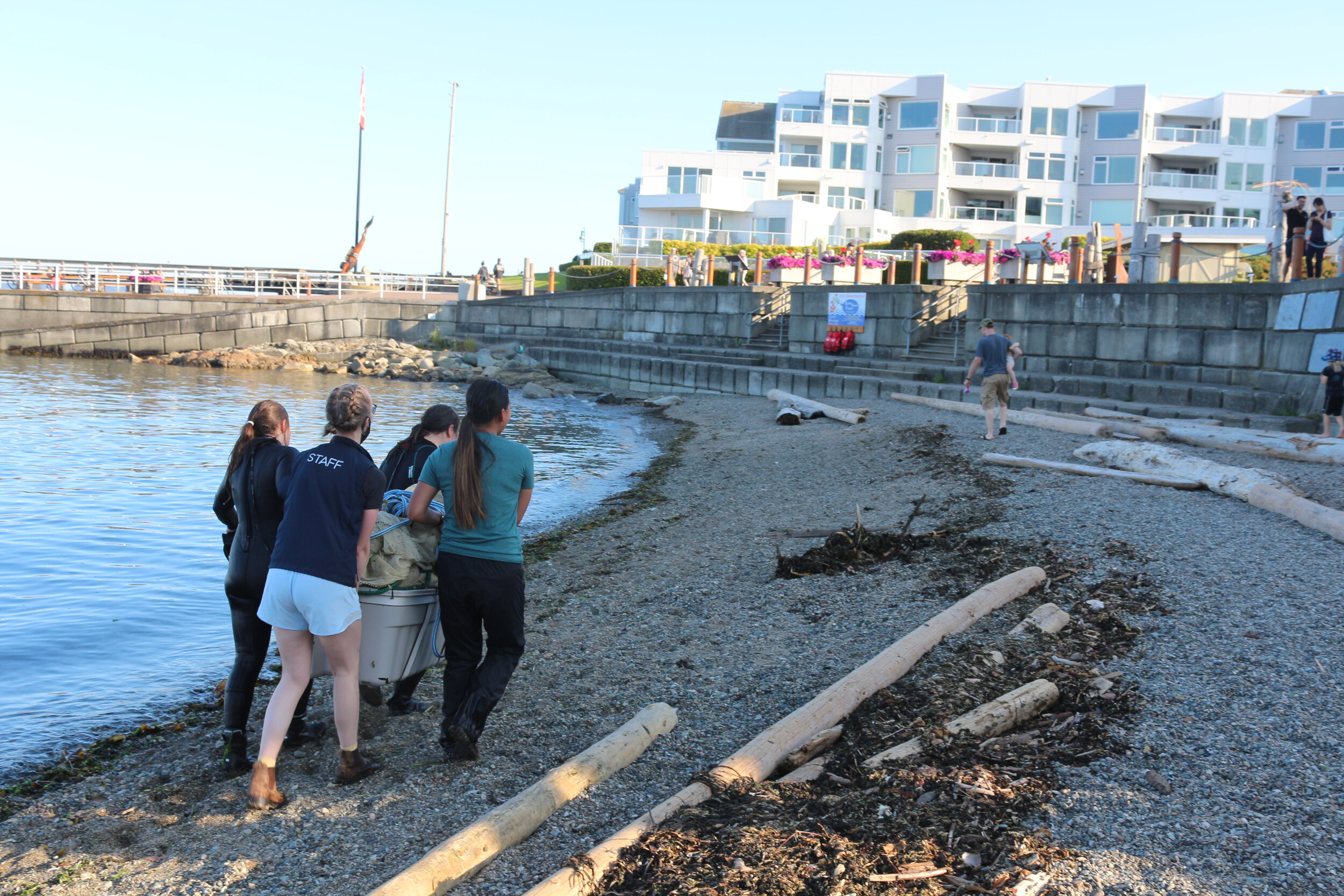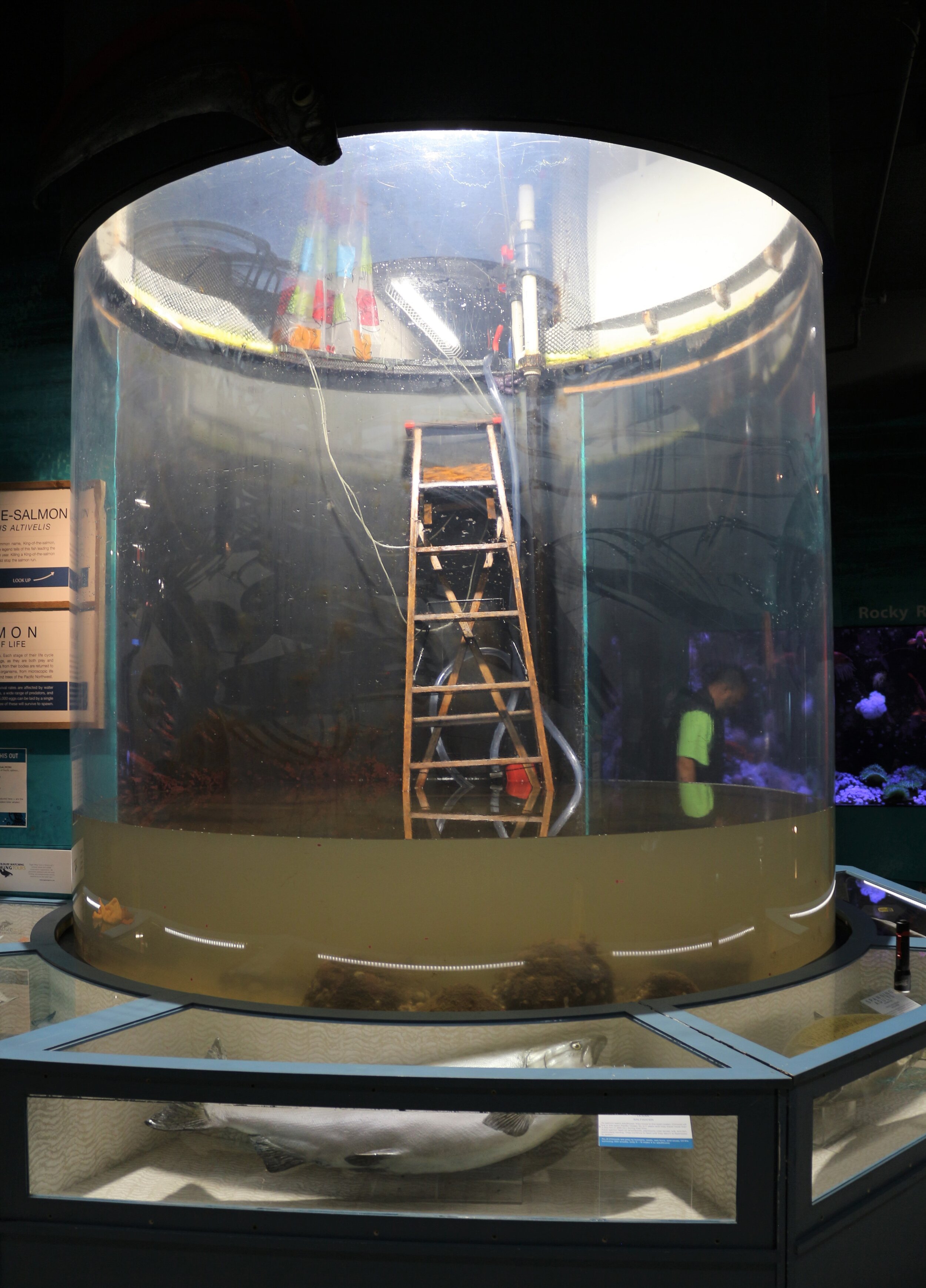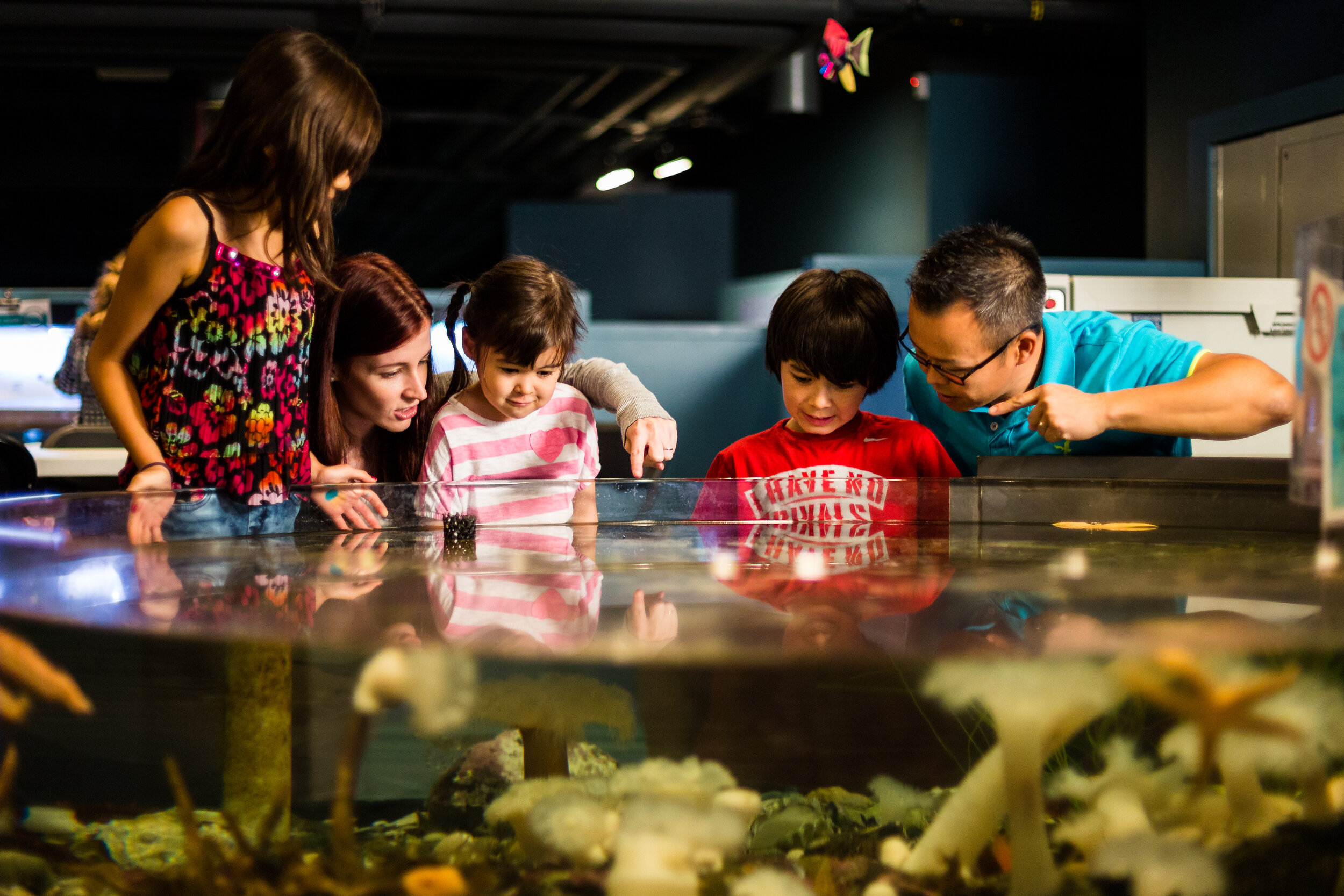by Mary Nightingale, Assistant Educator
In the midst of wildfires, heatwaves and mass plastic pollution, it can be difficult to imagine long-term environmental solutions. When faced with the doom and gloom of the climate crisis, it is easy to let despair take over. With such a large and complex topic, the problems can feel insurmountable. Despite this, I recently discovered a bright spot through the concept of hope.
Amidst the Covid-19 pandemic, I enrolled in a class at the University of Victoria, Environmental Communications for Hopeful, Real-World Solutions. This course was a breath of fresh air, not only in terms of the climate crisis, but also in the pandemic. The instructor Elin Kelsey, (https://www.elinkelsey.org/), is an educator, author and spokesperson in the area of evidence-based hope. During the semester, Dr. Kelsey’s book: Hope Matters was our textbook, linking class concepts with our own experiences. We learned how hopeful communication can be more effective than fear-based communication. Where fear often creates a feeling of hopelessness and results in inaction, evidence-based hope can transform how we imagine the future. Over time, I began to interpret hope, not as a naive eagerness that the world will magically get “better”, but as a method for creating fact-based optimism that can drive change.
“Solutions journalism stories don’t just reassure people; they let them know what they can do - and how. People are doing remarkable things all over the world, but with the media overwhelmingly focusing on corruption, scandal and disaster, these positive events too often go unreported.”
In Hope Matters, Dr. Kelsey presents how trends can shift the way we think about our relationship with the environment. With the speed at which stories can be shared on the internet, these trends become more accessible and easily integrated into our everyday lives. One trend that is evident not only in the book, but at the Centre, involves transportation. For more people, including our staff, utilizing personal transportation has become a lesser priority, instead trading it for more sustainable methods such as carpooling, public transit and walking. These methods reduce emissions, allow for increased social activity and benefit our personal health. A trend such as this is hopeful; it presents a simple and accessible way that we can change our mindsets, while improving how we interact with the environment. This form of hope doesn’t ignore the issues, but rather demonstrates actions we can take.
I have carried this idea of hope with me to my summer working at the Centre. Everyday I feel hope when I share the vibrant and fascinating Salish Sea species with visitors. As I do this I witness each person forming a deeper appreciation and understanding for what’s below the ocean’s surface.
Releasing the salmon. Left to right: Liv, myself (Mary) and Lindsay
I gain hope when visitors discuss good news stories, such as the return of both humpback whales and sea otters to the Salish Sea. I am excited to inspire hope through projects such as our salmon release program, that results from partnerships with local hatcheries. I know that the Centre is participating in something positive by helping a small population of chinook salmon grow to adulthood. During my time as an Educator, I have recognized my team’s ability to curate hope and I am looking forward to continuing this focus of hopeful communication.
Sometimes we all need a little reminder of hope. During my course I developed a project to amplify a positive message of hope for the beauty and optimism found in our environment (https://storymaps.arcgis.com/stories/6c06402da9a948ca820dd17de49de1e2).
We are all in this together!
I have gathered some resources to look to when you are feeling overwhelmed by the climate crisis.
Recent hopeful stories from the Salish Sea:
25 to 30 Sei whales spotted off Island, not seen in such numbers for decades
Humpback whales are loving the Salish Sea
Videos:
Conservation Optimism Short Film Festival 2020
The Great Realisation | Tomfoolery | A bed time story of how it started, and why hindsight’s 2020 (A story of hope within the Covid-19 Pandemic)
Websites:
Nature’s Good News (2020 Conservation Successes: 10 Positive Environmental Stories)
Podcasts (accessible through Spotify with a free account):



